Weathering the Storm: Preparing Buildings Ahead of the Rainy Season
By Sarah Grijalva | October 15th, 2025 | Loss Prevention/Safety, Risk Management, School Districts, Trending
As we enter the rainy season, public agencies must be ready to protect their facilities, staff, and constituents from the hazards that come with wet weather. Heavy rain, wind, and saturated ground can expose buildings and infrastructure to damage, leaks, slips, and liability risks. For GSRMA members, a proactive approach will help reduce claims, protect assets, and maintain service continuity.
Below are practical preparation steps, considerations for risk management, and relevant resources from our partner, PRISM, to help you strengthen your rainy-weather readiness.
Key Risks in Rainy Weather to Watch For
Before diving into what to do, here are some of the most common weather-related risks for buildings and facilities in California’s diverse climates:
- Roof and gutter failures or leaks, due to clogging drainage or insufficient slope
- Water intrusion through windows, doors, and seals
- Flooding or pooling around foundations and low spots
- Erosion or undermining of slopes supporting buildings or exterior features
- Damage to mechanical systems, electrical equipment, and exterior finishes
- Slips, trips, and falls on wet walkways, entry areas, or stairwells
- Structural stress from saturated soil or wind pressure
If these issues are not addressed ahead of time, the costs of repair, downtime, or legal claims can be significant.
Below is a suggested checklist you can use as a guide. You may wish to tailor it to your climate zone (mountain, coastal, valley, high desert) or building type (office, warehouse, treatment plant, library, etc.).
- Rain-Season Readiness: A Checklist for Buildings & Facilities (click for pdf)
Use this as a starting point for your in-house facility staff or maintenance crew. Document what you inspect, when, and what action was taken — records are valuable in the event of future damage or claims.
Risk Control & Loss Prevention: Best Practices Beyond Maintenance
Preparing the physical structure is only part of a complete risk management strategy. Here are additional steps to consider:
-
Create or update your rainy-weather response plan
Define roles, communications, escalation protocols (e.g. when flooding is forecast), and “shutdown” thresholds. Integrate with your overall emergency operations plan. -
Weather monitoring & early warning
Use local forecasts, alerts (e.g. National Weather Service, local agencies), and site sensors (if available) to get advance notice of approaching storms. -
Prioritize vulnerable facilities
Focus inspections and mitigation efforts on critical buildings (e.g. 911 centers, water treatment, data centers, shelters). -
Establish a rapid repair or response fund
Small repairs after a storm (e.g. tarp leaks, rerouting drainage) done quickly can prevent much larger damages. -
Train staff & contractors
Ensure that maintenance crews, custodial staff, and contractors know protocols for rainy conditions (safe access, ladder use, electrical precautions, etc.). -
Document condition & damages
If storms do cause damage, photograph before/after, keep invoices, and log operations. Good documentation assists with claims and future mitigation. -
Review insurance and coverage limits
Check with your risk pool (or insurer) to confirm what is covered — e.g. flood vs standard water infiltration, coverage for business interruption, etc. -
Plan for post-storm inspections
After heavy rainfall, conduct walk-throughs to look for leaks, foundation saturation, interior moisture, and spot repairs early. -
Leverage peer sharing and lessons learned
Connect with other GSRMA or PRISM member agencies to share what worked (or failed) during past seasons.
Suggested Member Action Plan & Communication
- Circulate the checklist above to maintenance, facilities, IT, and safety staff.
- Hold a short “rain readiness” meeting or webinar for relevant stakeholders (administration, facilities, risk, operations) well before major storms begin.
- Assign accountability for inspection items, set deadlines, and verify completion.
- Request a site risk assessment — if not already done, GSRMA Risk Control Advisor’s may help arrange a loss prevention inspection at critical facilities.
The time to prepare is before the heavy rain begins. Even small, preventive steps today can save your agency from costly claims, operational disruptions, and safety hazards tomorrow. If you have any questions, or we can assist with any of the efforts mentioned above, please reach out to riskcontrol@gsrma.org or call us at (530) 934-5633.
